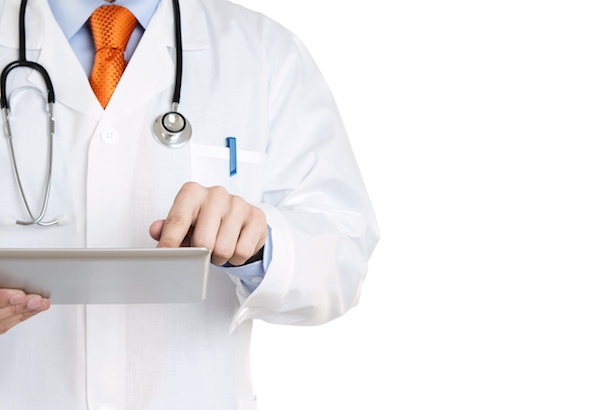
MONDAY, Feb. 14 (HealthDay News) — Most medical devices recently recalled by the U.S. Food and Drug Administration for posing life-threatening or serious safety risks were initially approved for use by that same agency through an expedited approval process, new research reveals.
The findings call out for an overhaul of the regulatory process, to keep unsafe products from reaching the market in the first place, said the study team, led by Diana M. Zuckerman of the National Research Center for Women & Families, based in Washington D.C.
About one-third of the recalled devices were related to cardiovascular concerns, although the speedy approval process is supposedly reserved for products posing only a low or moderate safety risk, the study authors noted.
Their report is published online Feb. 14 in advance of print publication June 14 in the Archives of Internal Medicine.
“The standards used to determine whether a medical device is a high-risk or life-sustaining medical product prior to approval are clearly very different from the standards used to recall a medical device as life-threatening,” the authors noted in a journal news release. “Our findings reveal critical flaws in the current FDA device review system and its implementation that will require either Congressional action or major changes in regulatory policy.”
The FDA, however, has already taken steps to strengthen its approval process, according to an agency spokeswoman who noted these findings are not new.
Medical devices are not subject to the same approval procedures as prescription medications, the study authors noted. A 1976 amendment to the Food, Drug, and Cosmetics Act allowed for two types of medical device review processes: one that grants approval after stringent pre-market testing; the other providing “clearance” to market a new device if it is “substantially equivalent” in structure and usage to devices on the market pre-1976.
The latter, much-simplified process, called the “501(k) provision,” was intended to relieve manufacturers from undue regulatory burdens that might discourage innovation.
The result: Today the 501(k) process is by far the more common method of clearance for new devices, with only 1 percent of new medical device reviews subject to the more rigorous pre-market testing standard, the researchers found.
Eighty of the 113 medical devices recalled by the FDA between 2005 and 2009 received 510(k) clearance, while another eight were exempt from all regulatory review procedures, the study found.
Moreover, 12 percent of the high-risk recalled devices that got 510(k) clearance should have been subject to rigorous approval review because they were marketed for risky or life-sustaining purposes, the authors said.
Karen Riley, an FDA spokeswoman, said that “while even one recall is too many, the 80 recalls should be kept in perspective and represent a small number of the devices cleared via this program.”
She said in the study timeframe the FDA cleared more than 19,000 devices using the 510(k) process. And tens of thousands of devices previously cleared via 510(k) remain on the market, she said.
And while the analysis focuses on “high-risk” recalls, Riley said a 2010 Institute of Medicine review found that the annual recall rate for all 501(k) -cleared devices was actually just 1 percent to 1.5 percent a year.
Furthermore, the FDA is already taking steps recommended by its Center for Devices and Radiological Health to strengthen the 501(k) process, Riley said.
Dr. Jerry Avorn, a professor of medicine at Harvard Medical School in Boston, said it was common knowledge that the standards of review and approval for the FDA device branch were much looser than those for its drug branch. “And this paper documents the results of that worrisome difference in
approach,” he said.
“The current FDA leadership has been trying to improve the carefulness
of device review, and that is very good for patients,” Avorn added. “But those attempts have
been met by self-serving complaints from the device industry that better review
and surveillance will somehow stifle innovation, which is not the case.”
Industry innovation and consumer safety are not mutually exclusive propositions, Avorn suggested.
“We ought to be able to have reasonable standards of safety and effectiveness for devices
and innovate at the same time,” he said. “There’s no need to trade off the welfare of
patients.”
More information
For more on medical device recalls, visit the U.S. Food and Drug Administration.

